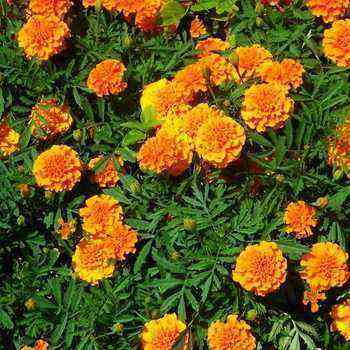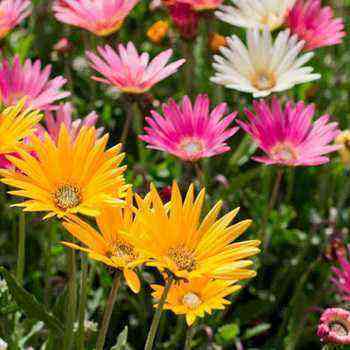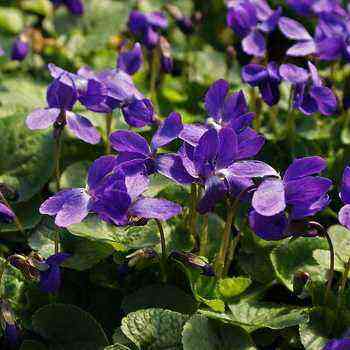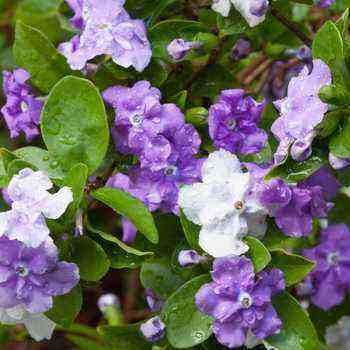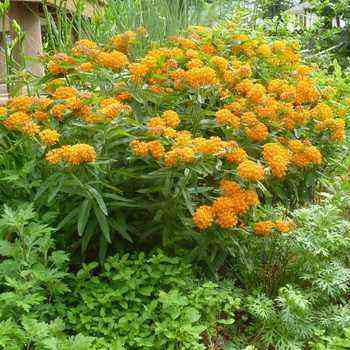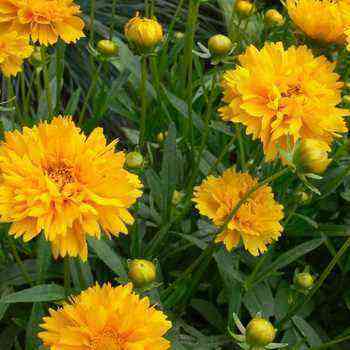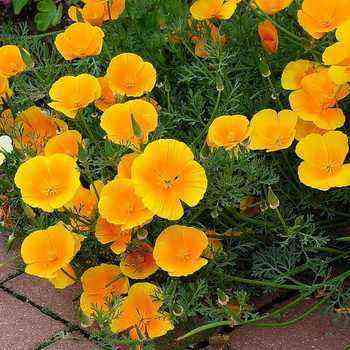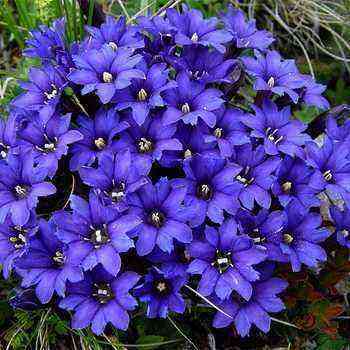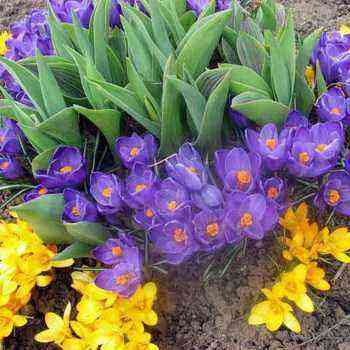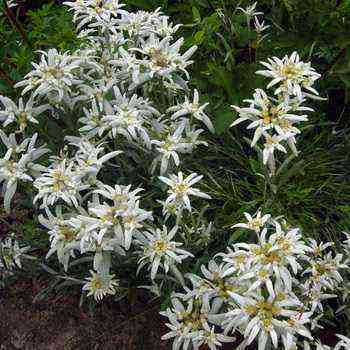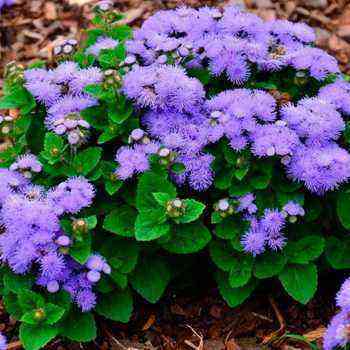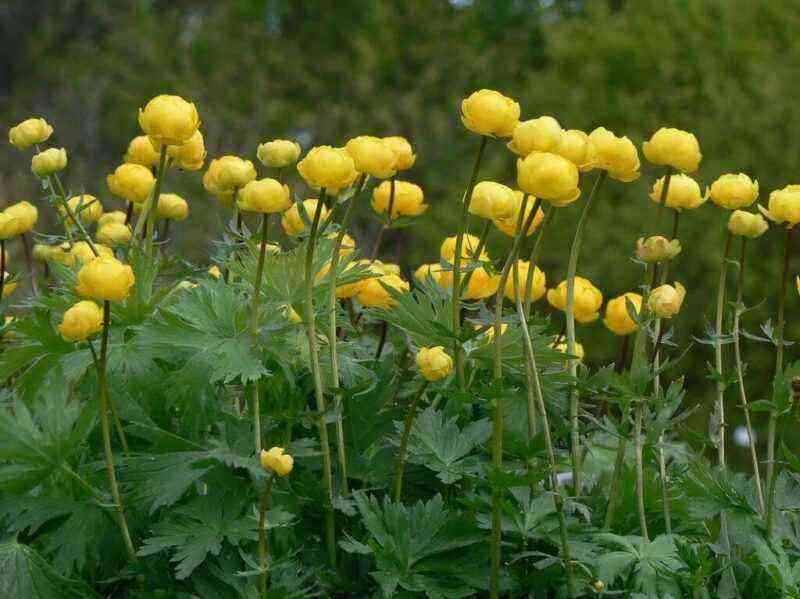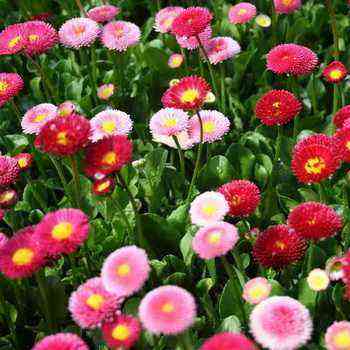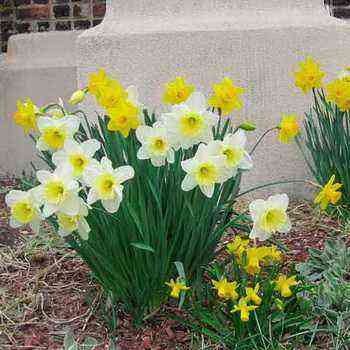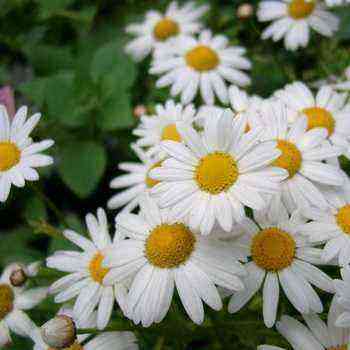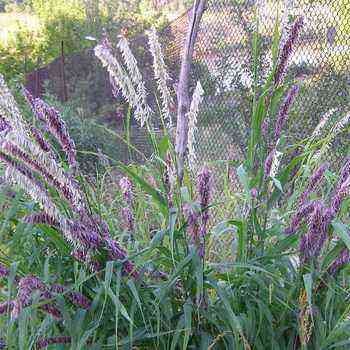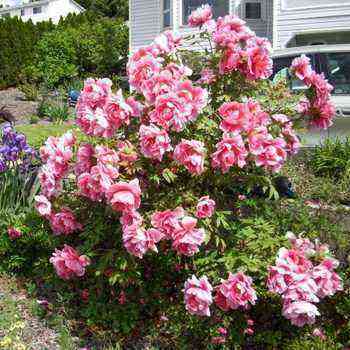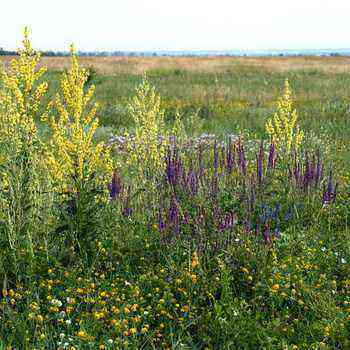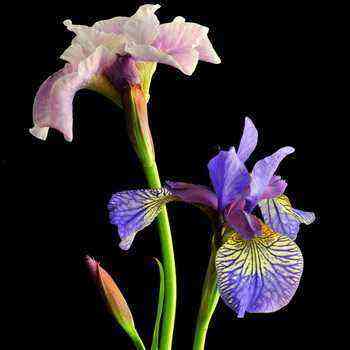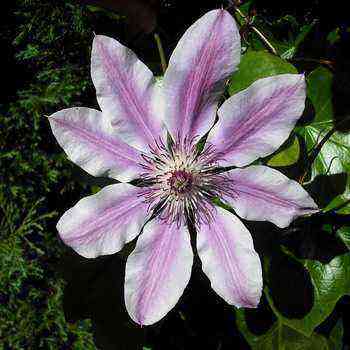When summer tends to its sunset and gives way to the inevitable autumn with its splendor of yellow and orange tones, you really want to extend the joy of contemplating flowering plants in your garden a little. The completely unpretentious flowers of the saintbrinka, which in fact are nothing more than a perennial variety of Virginia or New Belgian asters, can help to do this. A distinctive feature of this horticultural culture is late flowering, which may not begin until late August or early September. It is this circumstance that gave rise to the name of the saintbrink flower. we invite you to find out more about how to plant and care for saintbrinks in your garden, when to transplant, water and loosen the soil correctly.
Description of the santbrinka flower and its photo
Sentbrinka flower is a perennial bush crop with a low stem and a developed root system. Flowering begins from the second year of life. In the first summer after planting, only individual bushes bloom, which got more minerals and moisture. Therefore, you can speed up the flowering process by providing adequate care during the first growing season. We will tell you how to take care of the Sentbrinks below. In the meantime, enjoy the description of the saintbrinka flowers, see their photos:
So let’s start with the colors. In traditional culture in our country, there are lilac tones of small flowers. This is due to the fact that mainly the spread of culture occurs by dividing an adult bush. In fact, there are a huge variety of colors of buds. To get them at your disposal, you can grow a crop by the seed method, since the seedlings of santabrins on sale are very rare. For breeding, it is enough to sow the seeds in early May in a well-prepared and fertilized soil. A little tip: Plant Sentbrinka flowers as a green border crop. This will allow the decorative properties of their magnificent foliage to be exploited throughout the summer. And by the fall, you will get a riot of colors that persist until a permanent snow cover is established.
Look at the photo of the flowers of the Sentbrinka, planted as a border of flower beds, rockeries and garden paths:

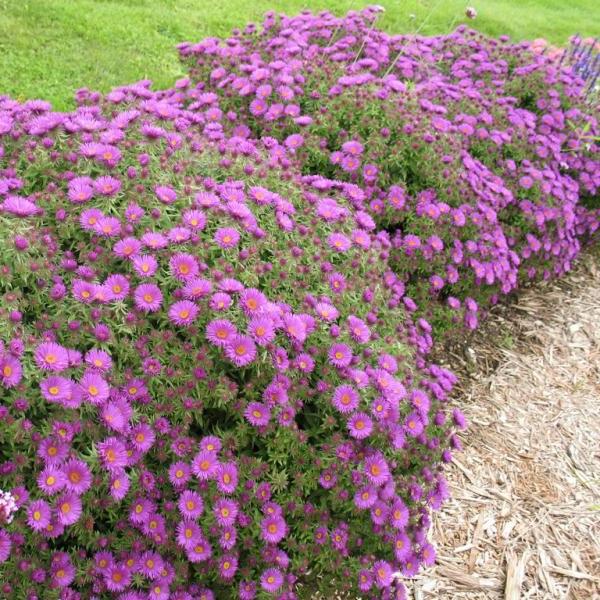
Botanical culture belongs to the genus of asters with a long-term development cycle due to a powerful root system. The homeland of Sentbrinks is North America, its continental part, where the plant is still found in the wild culture. The garden is mainly used for breeding varieties. 
It is a very cold-resistant crop that can withstand frosts on soil down to minus 5 degrees Celsius. After the first snow falls and melts, flowering continues until a permanent snow cover is established.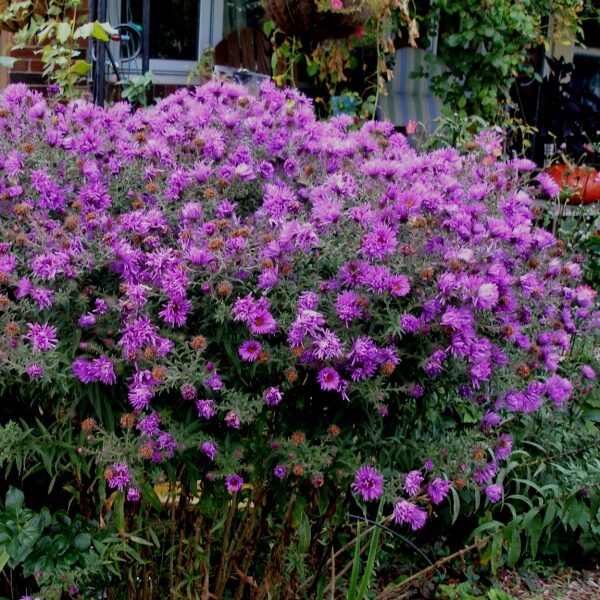
In most varieties, the plants are characterized by a small stem height, up to about 40 cm. By spreading, the bush occupies an area of 20 cm2, this should be taken into account when planting individual flowers. The stems are densely covered with dense dark green leafy and provide an excellent backdrop for beautifully flowering summer plants of low height. The leaf has a lanceolate oblong shape with a rounded thread along the outer edge. The average length of a leaf blade is 10 cm. The diameter of a setybrinka flower does not exceed 4 cm. Basically, these are small inflorescences of 2 cm in diameter. There are varieties with white, purple, lilac, pink and purple buds.
Planting and care
The seedling method is used to grow this flower crop. Planting of santbrinks in the ground is carried out at the beginning of May. Sowing seeds for seedlings is recommended to be done in early February. Seeds sprout after 3 to 4 weeks. The depth of embedding into the ground is not more than 0.5 cm. A 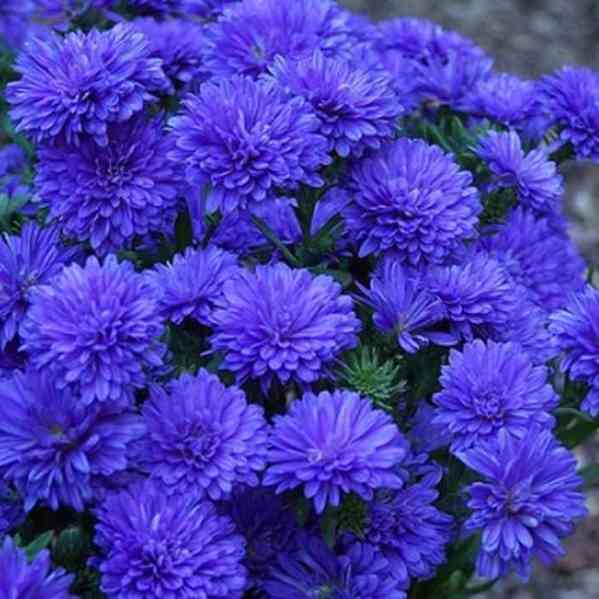
pick in early April in the phase of the first pair of true leaves. After 10 days, the first feeding is carried out. From mid-April, it is necessary to start hardening the seedlings, taking them out into the open air for 30 – 40 minutes daily. Watering is moderate. Additional illumination is possible during early germination until mid-March.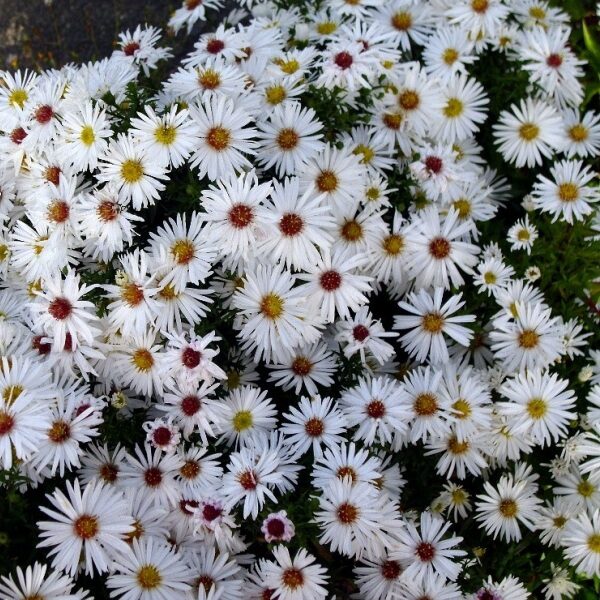
Before planting santorinoks, the soil should be carefully prepared. For this, a shallow digging is carried out to the depth of a bayonet shovel. Organic fertilizers and mineral complexes are introduced. The soil is spilled with water. Then seedlings are planted in the grooves and carefully squeezed with an earthen lump. In the first 2 weeks after planting, watering is required every other day. The disembarkation is carried out at a distance of 20 cm from each other. Usually, a single-row planting of santbrinks is used along paths or flower beds.
Caring for santbrinks is not difficult and includes periodic, about once every 2 weeks, loosening the soil, removing weeds and introducing mineral root and vegetative dressings.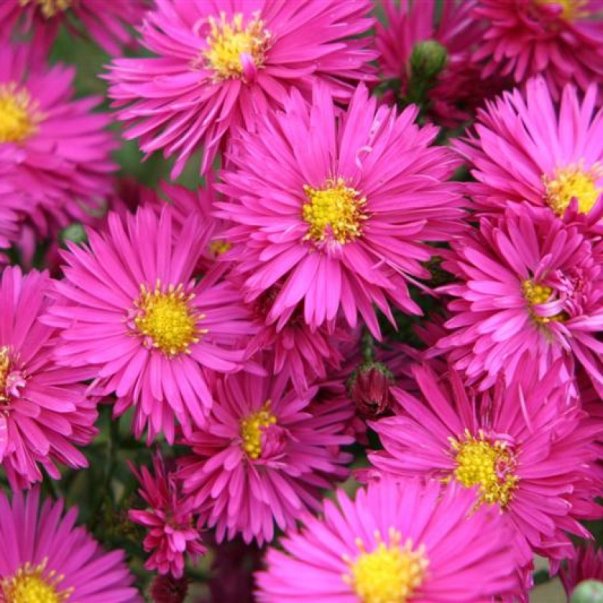
Reproduction of saintbrinks
As mentioned above, the easiest way to get a magnificent flower garden with these plants is by planting seedlings in early February. However, there are other ways to reproduce Sentbrinka flowers. This is, first of all, the division of an adult bush. However, you cannot avoid this event, because after 3 years from the moment of planting, the saintbrinks grow into an incredibly large bush, which should be carefully thinned out in order to ensure abundant flowering next year. Trimmed side shoots with root systems are excellent planting material for the delight of you and your neighbors.
Another way of vegetative propagation of Sentbrinks is the rooting of cuttings and cuttings, which can be obtained in large quantities from an adult plant by cutting. Cuttings are placed in water for 20 days, and as roots appear, they are planted in the ground.
